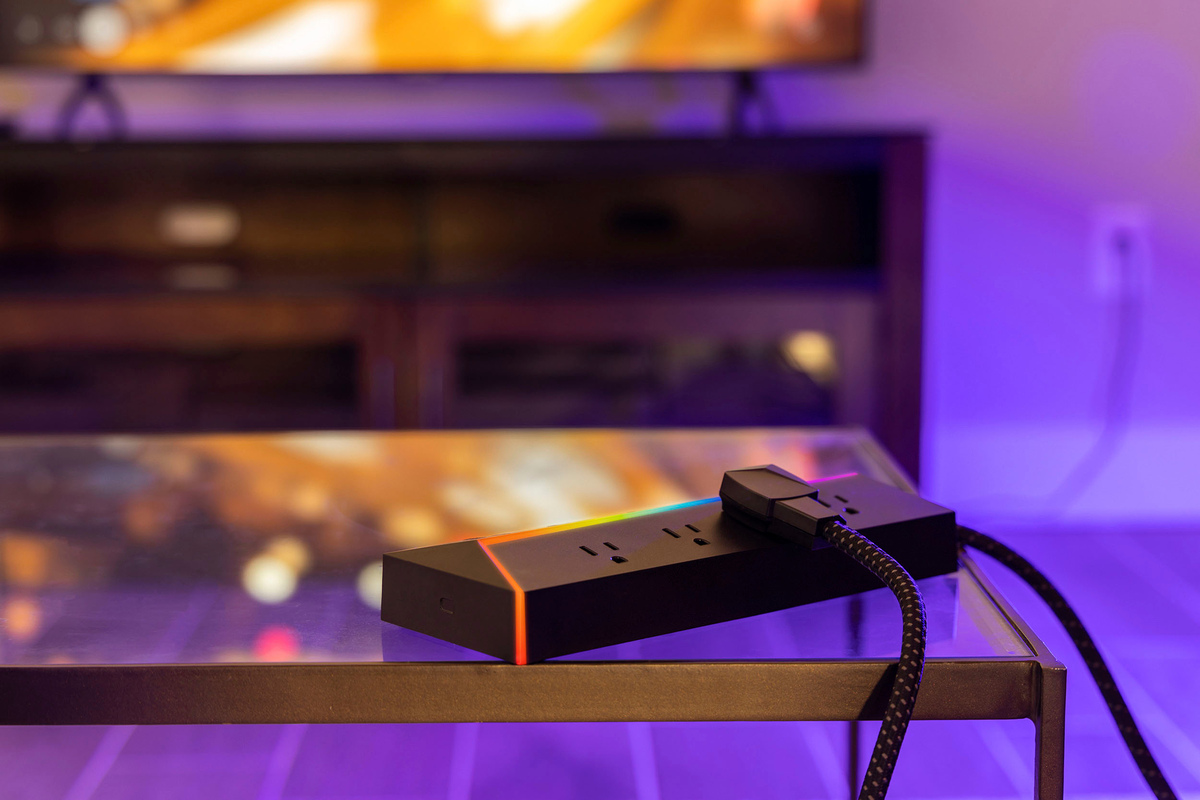

Articles
What Surge Protector For LCD TV
Modified: February 22, 2024
Looking for articles on choosing the right surge protector for your LCD TV? Read our expert advice and find the perfect solution to protect your valuable investment.
(Many of the links in this article redirect to a specific reviewed product. Your purchase of these products through affiliate links helps to generate commission for Storables.com, at no extra cost. Learn more)
Introduction
Welcome to the world of LCD (Liquid Crystal Display) TVs, where stunning visuals and exceptional image quality take center stage. As a proud owner of an LCD TV, you understand the importance of protecting your investment. One of the key components to ensure the longevity and performance of your LCD TV is a surge protector.
In today’s modern age, electrical power surges are a common occurrence in many households. These surges, caused by lightning strikes, power outages, or faulty wiring, can wreak havoc on your sensitive electronic devices, including your LCD TV. A surge protector acts as a shield, safeguarding your valuable equipment from these sudden spikes in voltage.
However, choosing the right surge protector for your LCD TV can be a daunting task. With countless options available on the market, it’s essential to understand the factors and features that impact performance and ensure optimal protection. In this article, we will explore the world of surge protectors for LCD TVs, helping you make an informed decision!
Key Takeaways:
- Protect your LCD TV with a surge protector that exceeds its power consumption, has a joule rating of at least 1000, and offers fast response time and EMI/RFI filtering for optimal protection.
- Choose a surge protector with the right power and joule ratings, number of outlets, and additional features to safeguard your LCD TV and ensure its longevity and performance.
Read also: 15 Amazing Tv Surge Protector for 2024
Understanding Surge Protectors
Before diving into the details of surge protectors for LCD TVs, it’s essential to understand how they work and why they are crucial for your electronic devices. A surge protector, also known as a surge suppressor, is a device designed to protect electrical appliances from voltage spikes.
During a power surge, the voltage in your electrical system increases significantly above the designated level. This increase in voltage can be harmful to your electronic devices, causing damage to sensitive circuitry, affecting performance, and potentially rendering them useless.
A surge protector works by diverting excess voltage away from your devices, channeling it to a grounding wire. It acts as a buffer, absorbing and dissipating the excess electrical energy before it reaches your devices. This helps to keep the voltage within safe limits and prevents any damage from occurring.
Surge protectors are equipped with metal oxide varistors (MOVs), which are the key components responsible for absorbing and diverting the excess voltage. When the voltage exceeds a certain threshold, the MOVs become conductive, creating a low-resistance path for the excess energy to flow towards the ground. This process protects your devices from the damaging effects of power surges.
Keep in mind that surge protectors have a limited lifespan and can wear out over time. It’s essential to check and replace them if necessary, especially after a significant power surge event or every few years, depending on the manufacturer’s recommendations.
Now that we have a basic understanding of surge protectors, let’s explore the factors to consider when choosing one for your LCD TV.
Factors to Consider for LCD TVs
When it comes to protecting your LCD TV, there are several factors that you should consider before investing in a surge protector. These factors will help you choose a surge protector that is specifically tailored to the needs of your LCD TV and provides the best possible protection. Let’s take a look at these factors:
- Power Rating: LCD TVs come in a variety of sizes and power requirements. It is crucial to choose a surge protector that can handle the power consumption of your LCD TV. Look for surge protectors with a power rating that exceeds the power consumption of your TV to ensure adequate protection.
- Joule Rating: The joule rating of a surge protector indicates its capacity to absorb surges. Higher joule ratings indicate greater surge protection. For LCD TVs, it is recommended to opt for surge protectors with a joule rating of at least 1000 joules to provide optimal protection against power surges.
- Number of Outlets: Consider the number of outlets you require to connect your TV and other devices. Ensure that the surge protector has enough outlets to accommodate all your devices without overloading any individual outlet.
- Response Time: The response time of a surge protector refers to how quickly it can react and divert the excess voltage away from your devices. Look for surge protectors with fast response times, ideally less than 1 nanosecond, to provide swift protection for your LCD TV.
- Clamping Voltage: Clamping voltage is the maximum voltage that a surge protector allows to pass through to your devices. Lower clamping voltages indicate better protection. For LCD TVs, choose surge protectors with a clamping voltage of around 330 volts or lower to ensure effective protection.
- EMI/RFI Filtering: LCD TVs are susceptible to electromagnetic interference (EMI) and radio frequency interference (RFI) that can affect the picture quality. Look for surge protectors with EMI/RFI filtering capabilities to minimize interference and maintain optimal video and audio performance.
By taking these factors into consideration, you can narrow down your options and choose a surge protector that provides the necessary protection for your LCD TV.
Types of Surge Protectors for LCD TVs
When it comes to surge protectors for LCD TVs, there are different types available, each offering unique features and levels of protection. Let’s explore the most common types of surge protectors:
- Basic Surge Protectors: These surge protectors are the most common and affordable option for protecting your LCD TV. They typically offer multiple outlets and basic surge protection, usually measured in joules. Basic surge protectors are suitable for average power surges and are a good option if you have a limited budget.
- Advanced Surge Protectors: Advanced surge protectors provide additional features and enhanced surge protection capabilities. These may include higher joule ratings, multiple outlets with individual power switches, USB charging ports, and coaxial cable and telephone line protection. Advanced surge protectors are a better choice if you have multiple devices to connect and require additional functionality.
- Whole-House Surge Protectors: As the name suggests, whole-house surge protectors are designed to protect your entire home’s electrical system from power surges. These surge protectors are typically installed at the main electrical panel and provide comprehensive surge protection for all the devices in your home, including your LCD TV. Whole-house surge protectors are recommended for areas with frequent lightning strikes or significant power fluctuations.
- UPS (Uninterruptible Power Supply) Systems: UPS systems offer not only surge protection but also battery backup. They provide continuous power to your LCD TV and other devices during power outages, safeguarding them from sudden power loss or damage. UPS systems are ideal for areas with frequent power outages or for critical devices that require uninterrupted power supply.
When selecting a surge protector for your LCD TV, consider the specific needs of your setup, budget, and the level of protection required. Remember that investing in a surge protector that offers higher joule ratings and additional features can provide better overall protection for your LCD TV and other electronic devices.
Look for a surge protector with a high joule rating (at least 2000 joules) and features like EMI/RFI noise filtering to protect your LCD TV from power surges and electrical interference.
Choosing the Right Surge Protector
Choosing the right surge protector for your LCD TV is crucial to ensure optimal protection and performance. Here are some key factors to consider when selecting a surge protector:
- Power Rating: Ensure that the surge protector can handle the power consumption of your LCD TV. Check the power rating of both the surge protector and your TV to ensure compatibility.
- Joule Rating: Look for surge protectors with higher joule ratings, as they offer better protection against power surges. Choose a surge protector with a joule rating of at least 1000 joules for effective protection of your LCD TV.
- Number of Outlets: Consider the number of devices you need to connect and make sure the surge protector has enough outlets to accommodate them. It’s better to have some extra outlets to future-proof your setup.
- Response Time: Opt for surge protectors with fast response times, preferably less than 1 nanosecond. A quicker response time ensures that the excess voltage is diverted away from your devices promptly.
- Clamping Voltage: Look for surge protectors with lower clamping voltages, preferably around 330 volts or lower. Lower clamping voltages provide better protection by limiting the amount of voltage that passes through to your devices.
- Additional Features: Consider any additional features that may benefit your setup, such as EMI/RFI filtering, individual outlet switches, USB charging ports, or coaxial cable protection. These features can add convenience and enhance the overall protection of your LCD TV.
- Brand and Warranty: Research reputable brands known for producing reliable surge protectors. Check for a warranty period to ensure that you have recourse in case of any potential issues.
By considering these factors and conducting thorough research, you can choose a surge protector that meets your specific needs and provides optimal protection for your LCD TV. Remember, investing in a high-quality surge protector is an investment in the longevity and performance of your valuable electronic devices.
Read also: 15 Amazing Surge Protector For Tv for 2024
Installation and Usage Tips
Proper installation and usage of a surge protector are crucial to ensure its effectiveness in protecting your LCD TV. Here are some tips to help you install and use your surge protector correctly:
- Proximity: Place the surge protector as close to your LCD TV as possible. This reduces the length of the power cord between the TV and the surge protector, minimizing the potential for power fluctuations or surges to occur along the cord.
- Dedicated Outlet: Connect the surge protector directly to a wall outlet. Avoid using extension cords or power strips, as they may lack surge protection capabilities and can introduce potential points of failure.
- Check Grounding: Ensure that your electrical system is properly grounded. A surge protector can only function effectively if there is a proper ground connection. If you are unsure about the grounding in your home, consult a professional electrician.
- Surge Indicator: Look for a surge protector with a surge indicator light. This light indicates that the surge protector is functioning correctly and can help you identify if it needs to be replaced after a surge event.
- Regular Inspections: Periodically inspect your surge protector for any signs of wear or damage. Look for frayed cords, loose connections, or any other visible issues. Replace the surge protector if you notice any problems to ensure continued protection.
- Avoid Overloading: Do not overload the surge protector by plugging in too many devices or exceeding the maximum load capacity. This can reduce the effectiveness of protection and potentially cause the surge protector to malfunction.
- Keep It Clean: Keep the surge protector and its surroundings clean and free from dust or debris. Regularly dust the unit and ensure proper ventilation to prevent overheating.
- Unplug During Storms: During severe thunderstorms or when you are not using your LCD TV for an extended period, it is advisable to unplug the surge protector. This will provide an additional layer of protection against power surges caused by lightning strikes.
Following these installation and usage tips will ensure that your surge protector operates effectively and provides maximum protection for your LCD TV. Remember to always prioritize safety and take precautions to safeguard your valuable electronic devices.
Frequently Asked Questions (FAQs)
Here are some common questions related to surge protectors for LCD TVs:
-
- 1. Can I use any surge protector for my LCD TV?
While you can technically use any surge protector for your LCD TV, it is best to choose one specifically designed for electronic devices. Surge protectors designed for home theater setups or with dedicated outlets for TVs offer better protection and often come with additional features tailored for AV equipment.
The lifespan of a surge protector varies depending on the quality and usage. On average, surge protectors last around 3-5 years. However, if a significant power surge occurs, the surge protector may need to be replaced sooner as it may have sacrificed itself to protect your devices. Regularly inspect your surge protector for signs of wear and replace it if necessary.
While surge protectors can provide some protection against power surges caused by lightning strikes, they are not guaranteed to stop all damage. In regions with high lightning activity, consider using additional protection measures like whole-house surge protectors or unplugging your devices during severe thunderstorms to minimize the risk of damage.
-
- 4. Can I use multiple surge protectors in series for added protection?
It is generally not recommended to daisy-chain surge protectors, meaning plugging one surge protector into another. Doing so can degrade the effectiveness of protection and increase the risk of overloading the electrical system. Instead, opt for a high-quality surge protector with a higher joule rating or consider a whole-house surge protector for comprehensive protection.
-
- 5. Should I turn off my surge protector when I’m not using my LCD TV?
It is not necessary to turn off your surge protector when you are not using your LCD TV. Most surge protectors have a power switch that allows you to turn off all connected devices at once. However, leaving the surge protector powered on ensures continuous protection for your TV and other devices in case of any sudden power surges.
If you have any other questions or concerns about surge protectors for LCD TVs, consult the manufacturer’s guidelines or seek assistance from a knowledgeable professional in the field.
Conclusion
Protecting your LCD TV from power surges is essential for ensuring its longevity and optimal performance. Surge protectors act as a shield, diverting excess voltage away from your TV and other electronic devices, preventing damage and potential malfunctions.
When choosing a surge protector for your LCD TV, consider factors such as power rating, joule rating, number of outlets, response time, clamping voltage, and additional features like EMI/RFI filtering. These factors will help you select a surge protector that provides the necessary protection for your TV’s power requirements and offers the features that suit your needs.
Ensure that you install and use the surge protector correctly by placing it close to your TV, connecting it directly to a wall outlet, and regularly inspecting it for any signs of wear or damage. Follow best practices like keeping the surge protector clean, avoiding overloading, and unplugging during severe storms to enhance its effectiveness and extend its lifespan.
While surge protectors are designed to provide protection, they cannot guarantee absolute protection against lightning strikes or other extreme events. Consider additional protection measures such as whole-house surge protectors and unplugging during severe storms, especially if you live in an area prone to electrical disturbances.
By investing in a high-quality surge protector and following proper installation and usage guidelines, you can have peace of mind knowing that your LCD TV is well-protected from power surges and can continue to deliver exceptional visual experiences for years to come.
Frequently Asked Questions about What Surge Protector For LCD TV
Was this page helpful?
At Storables.com, we guarantee accurate and reliable information. Our content, validated by Expert Board Contributors, is crafted following stringent Editorial Policies. We're committed to providing you with well-researched, expert-backed insights for all your informational needs.
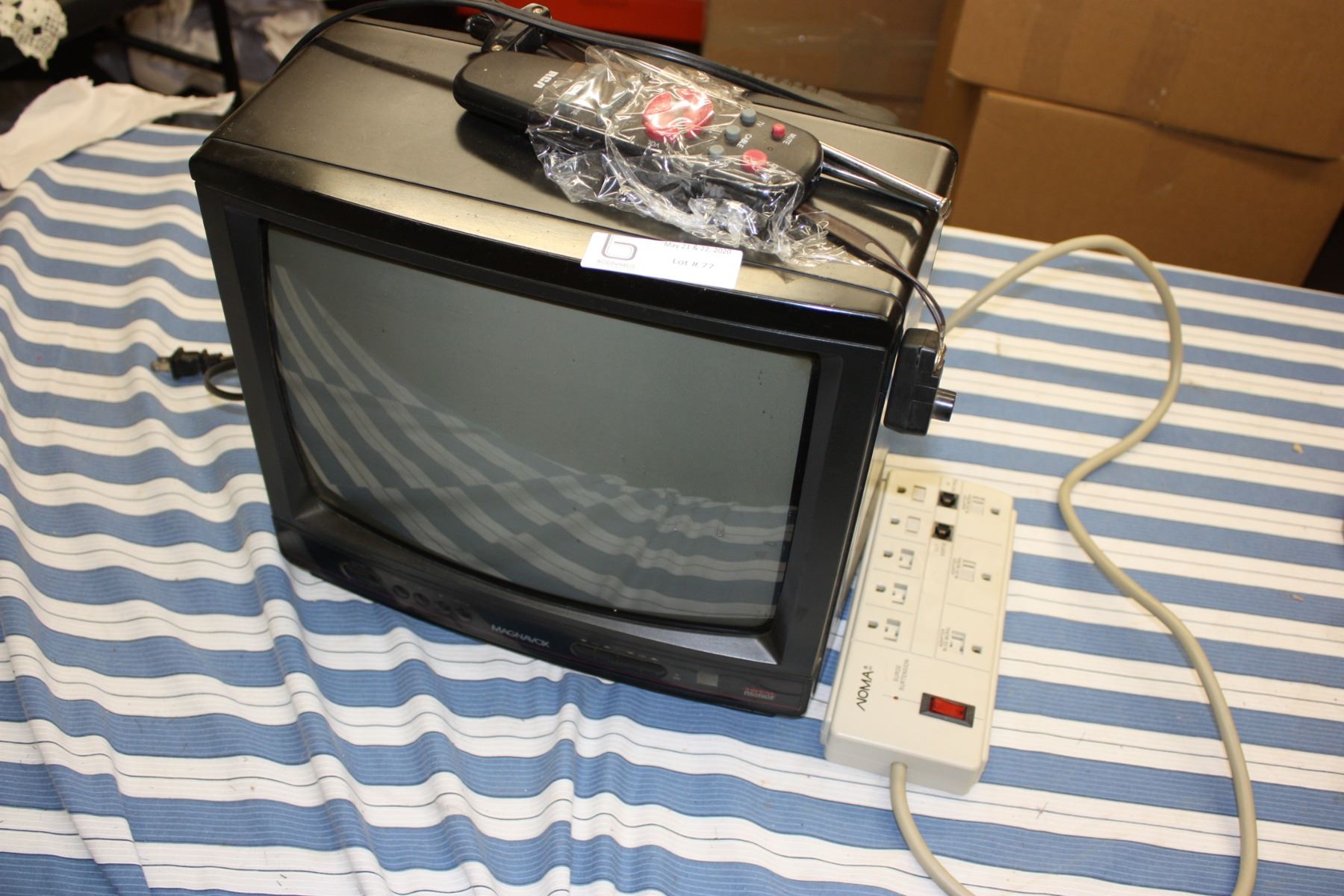
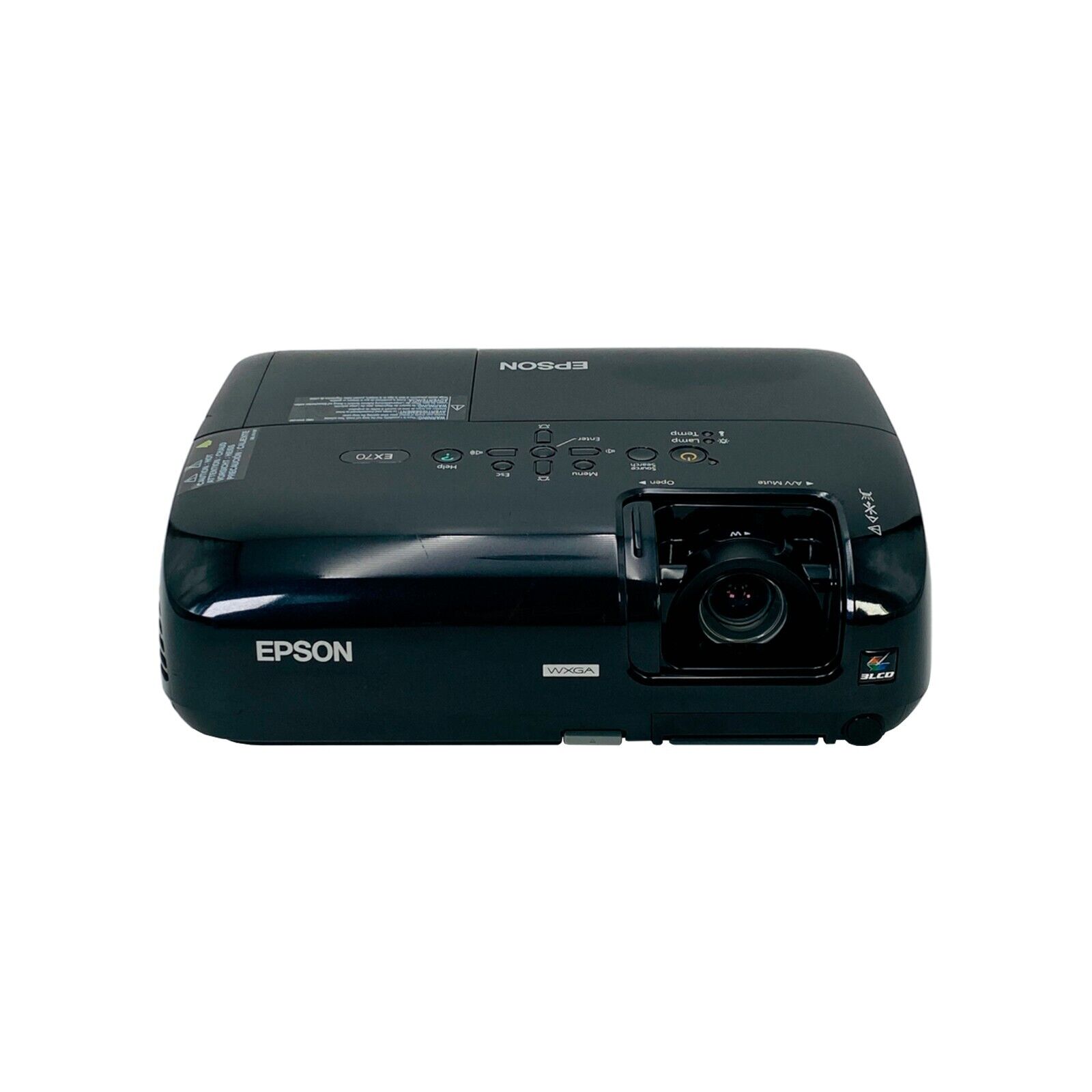
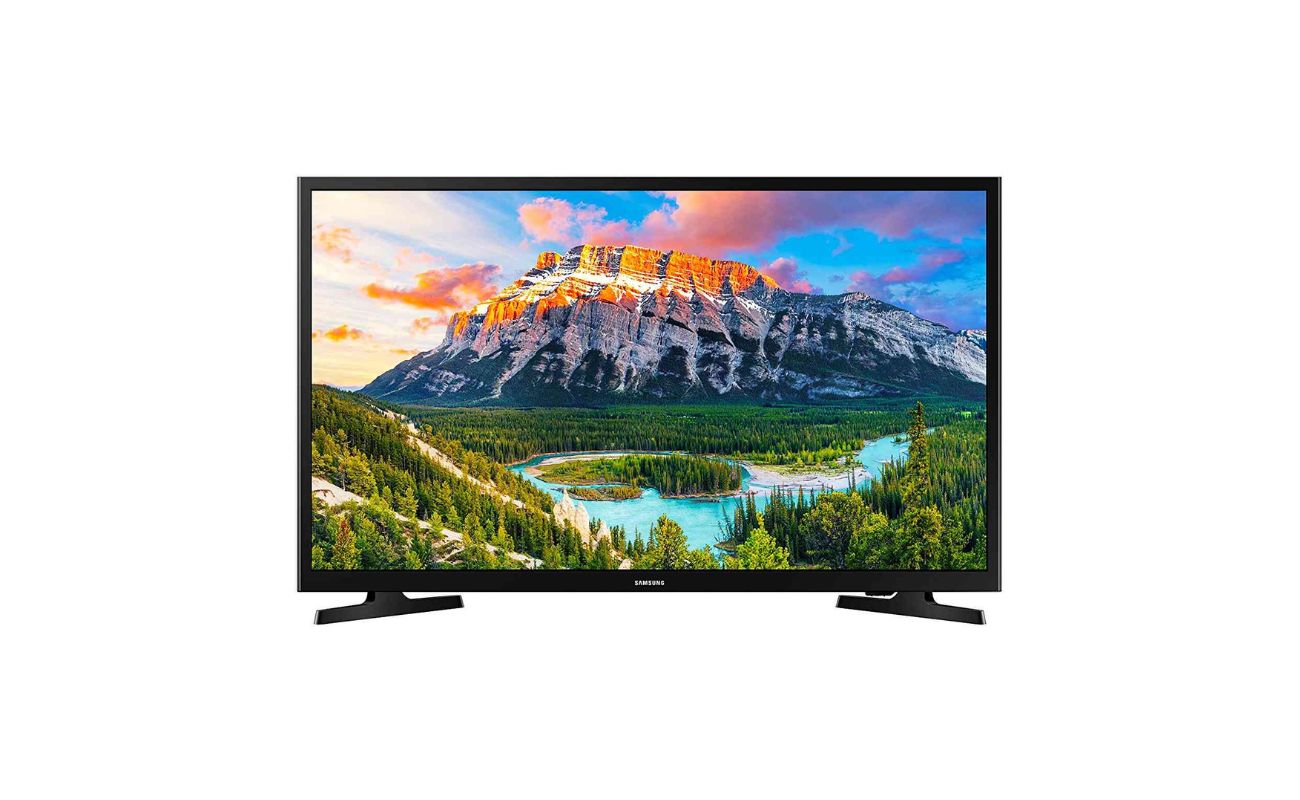
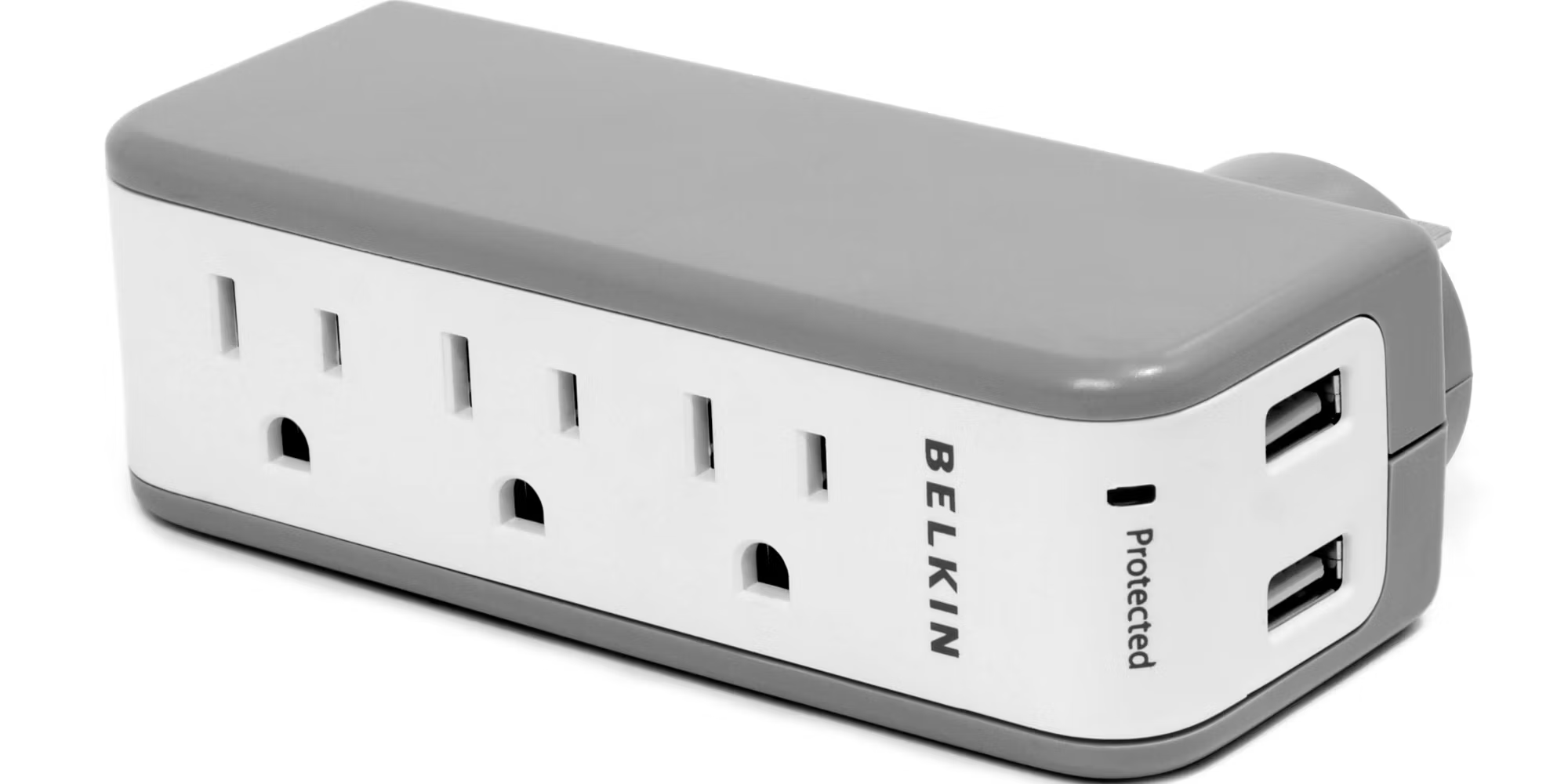
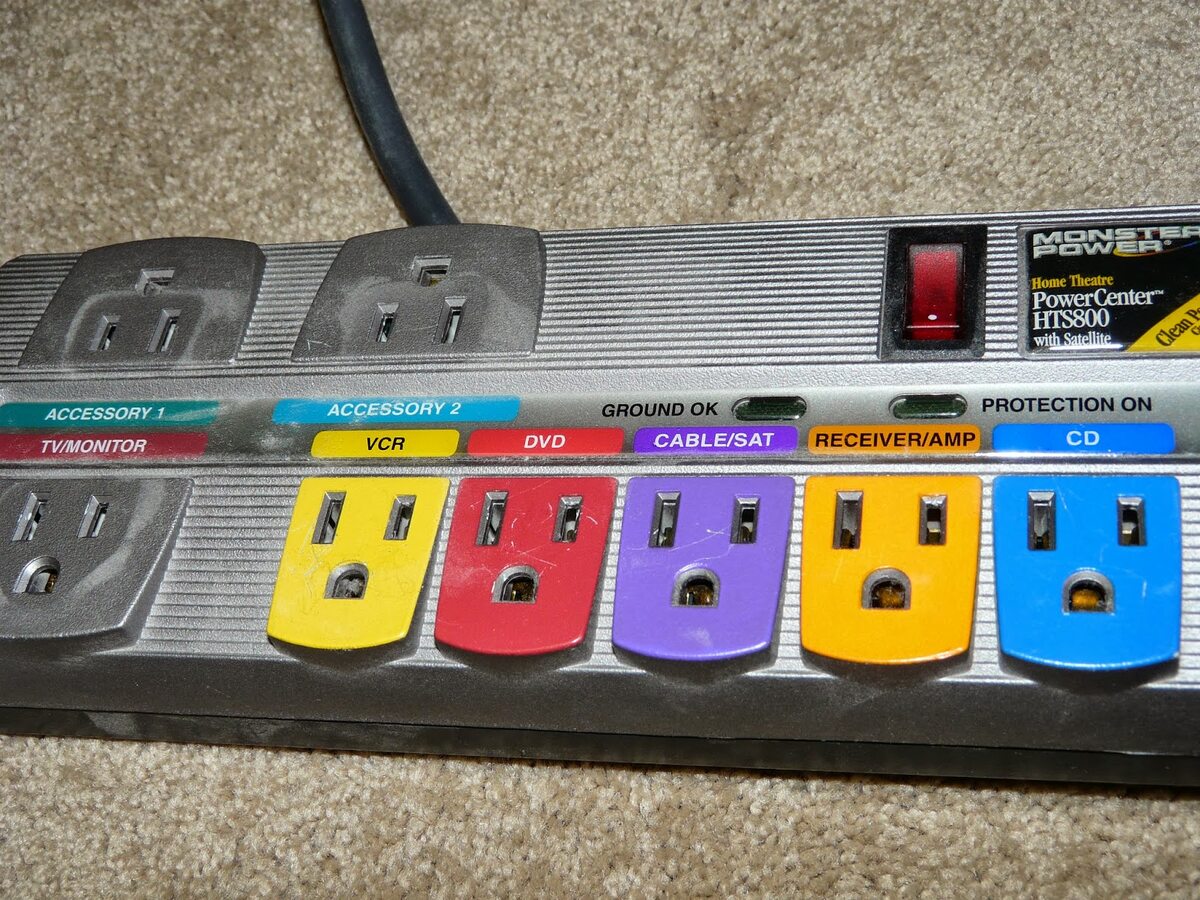
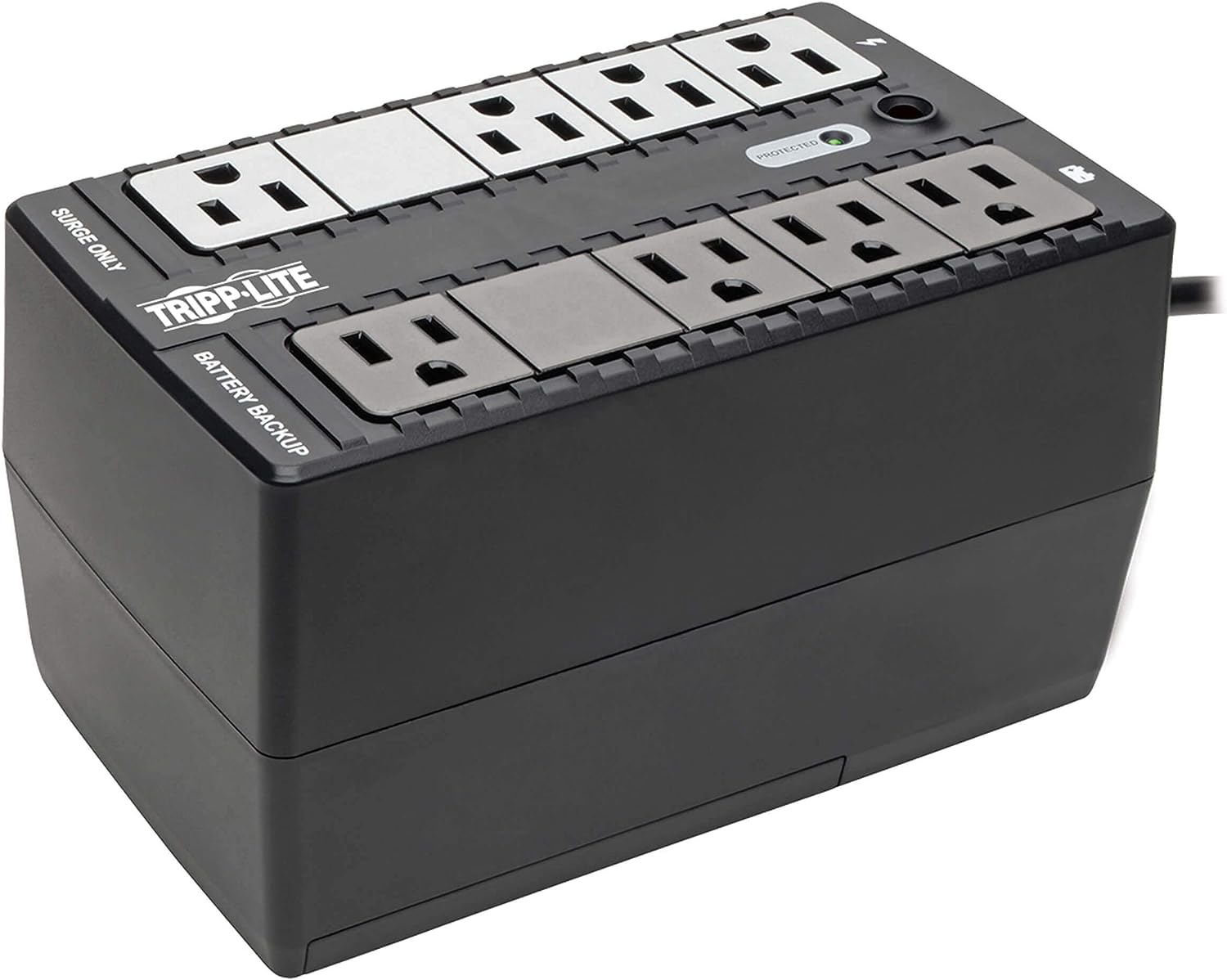
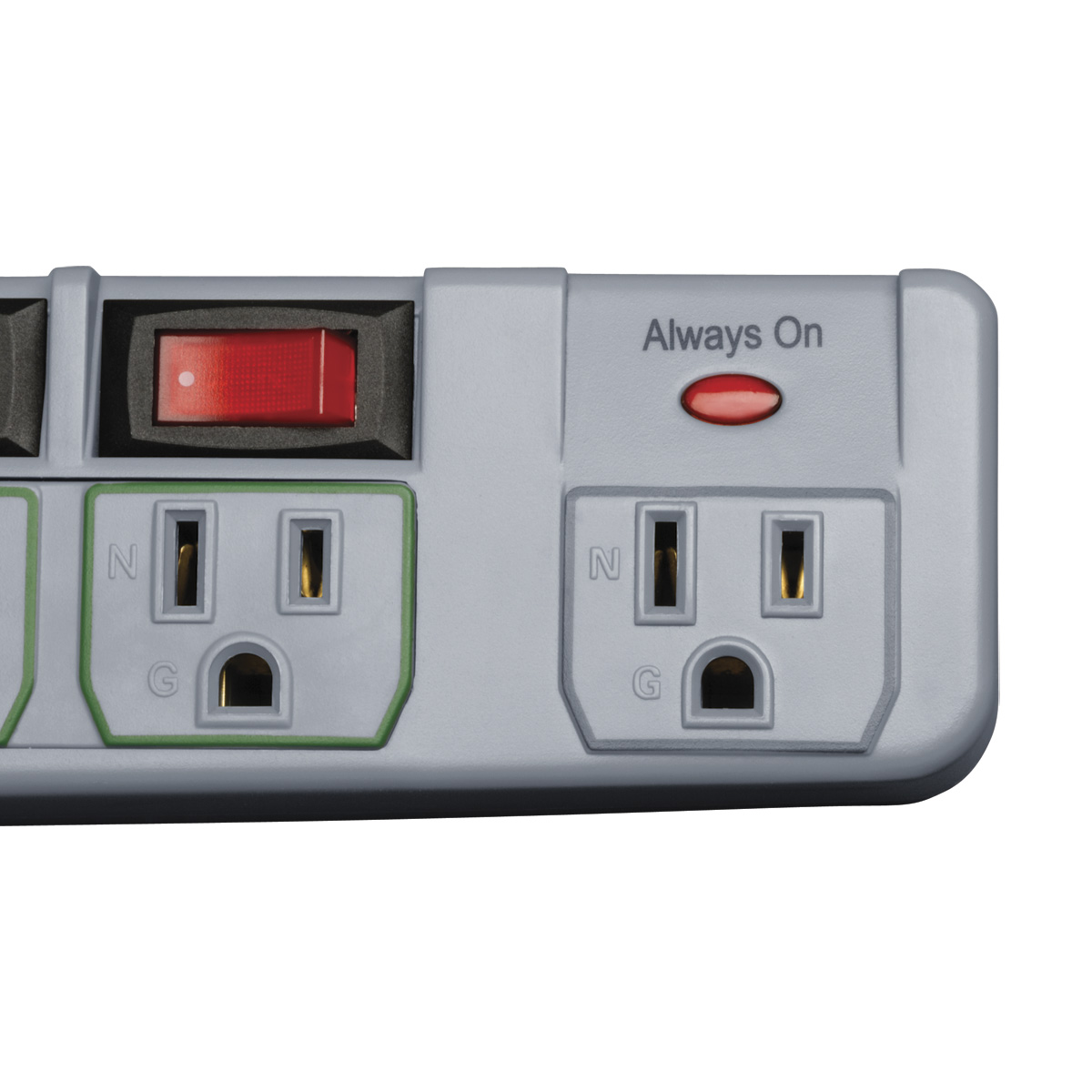
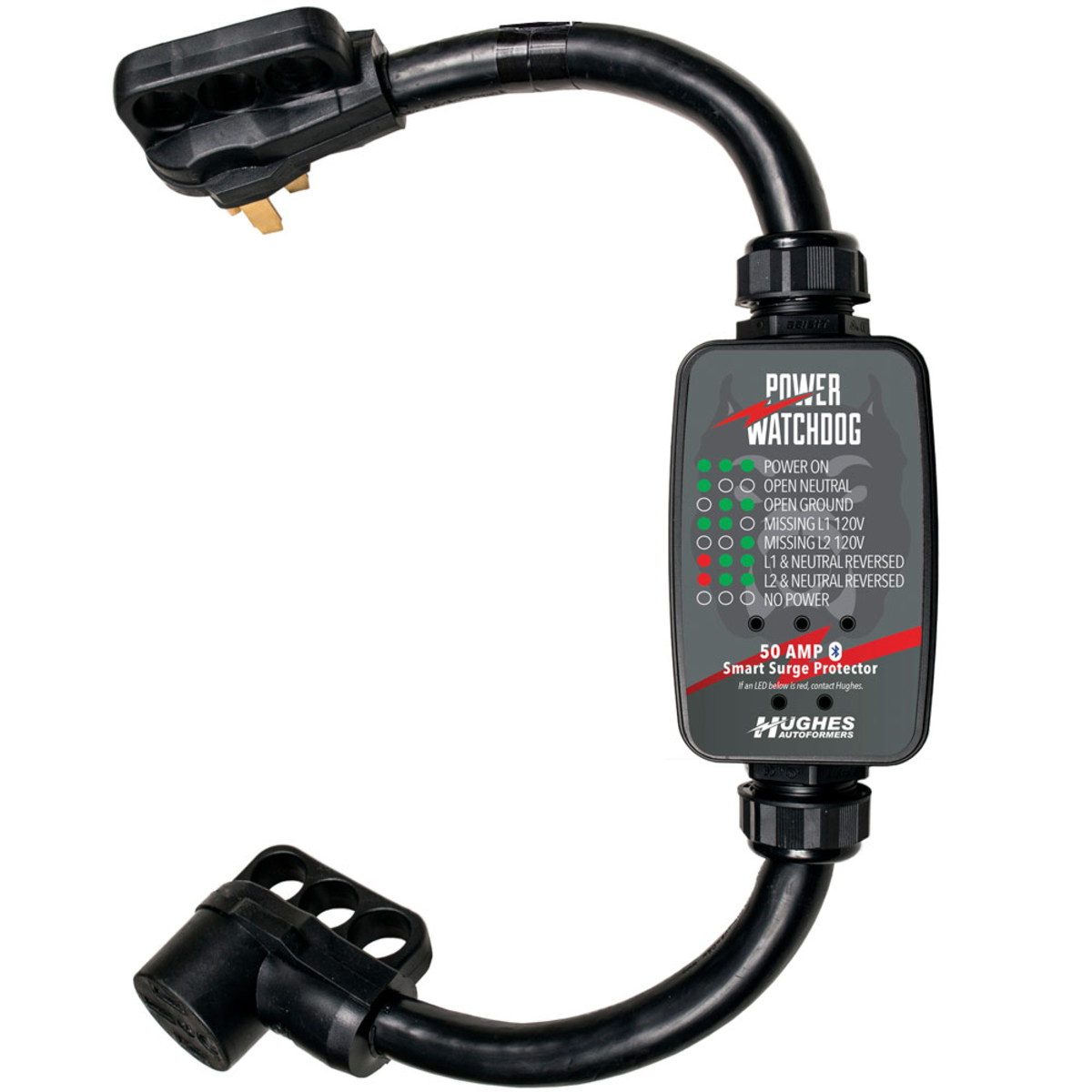
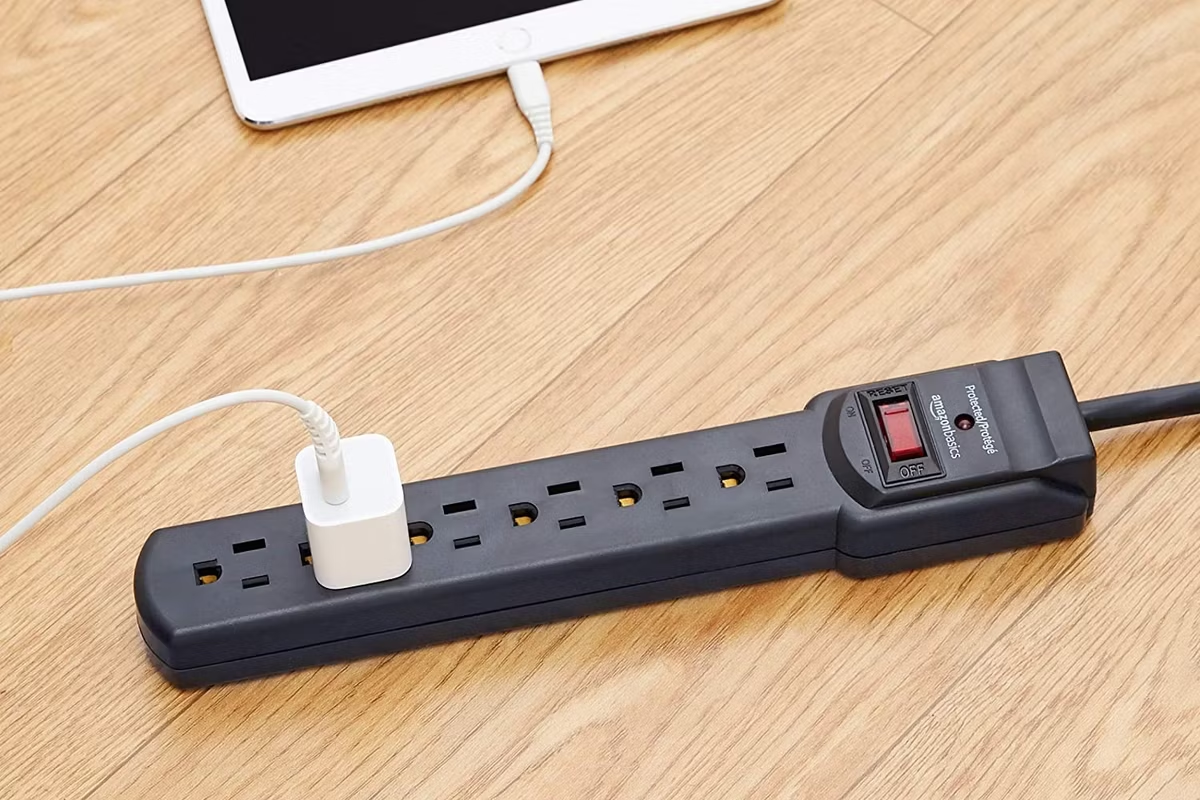
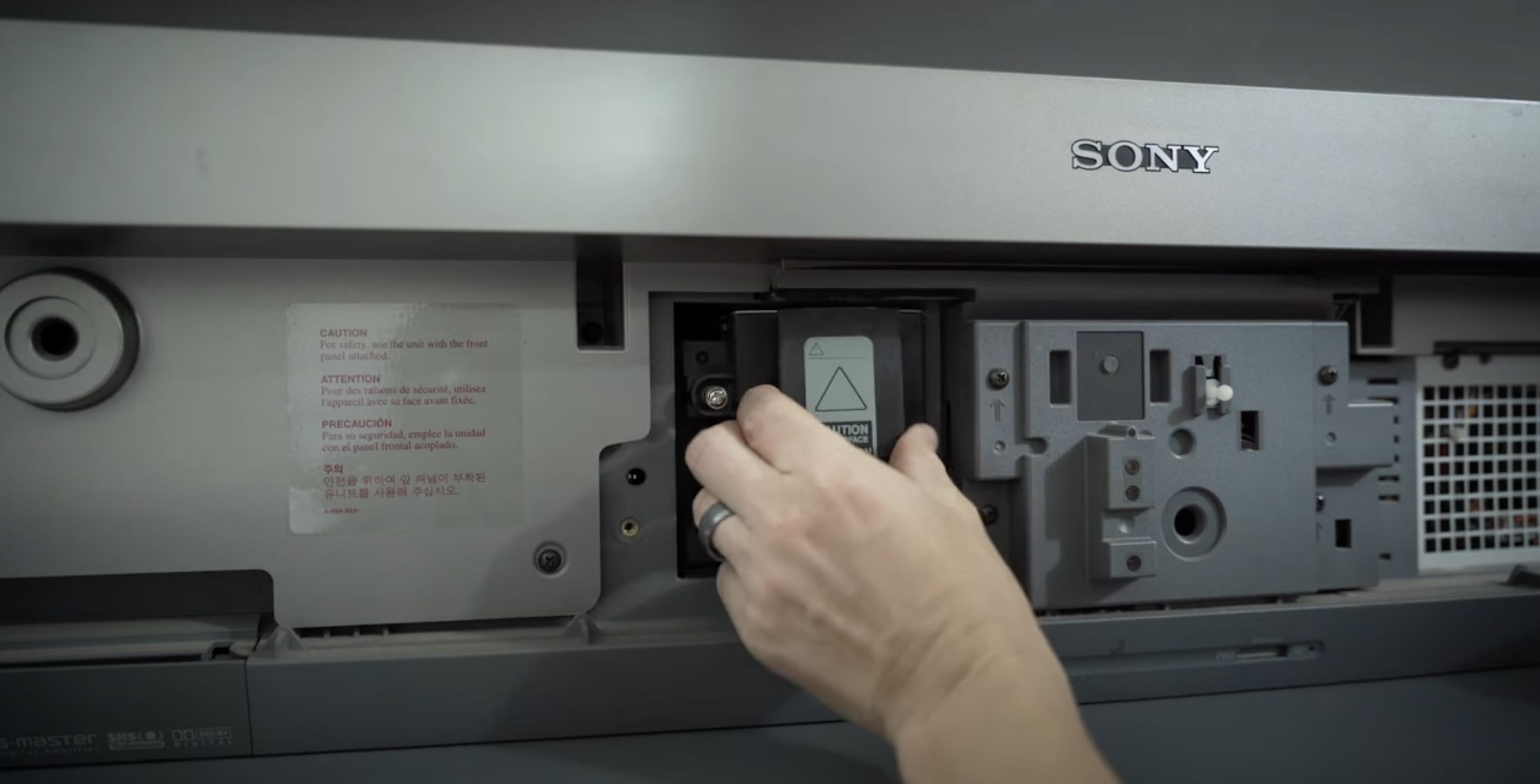
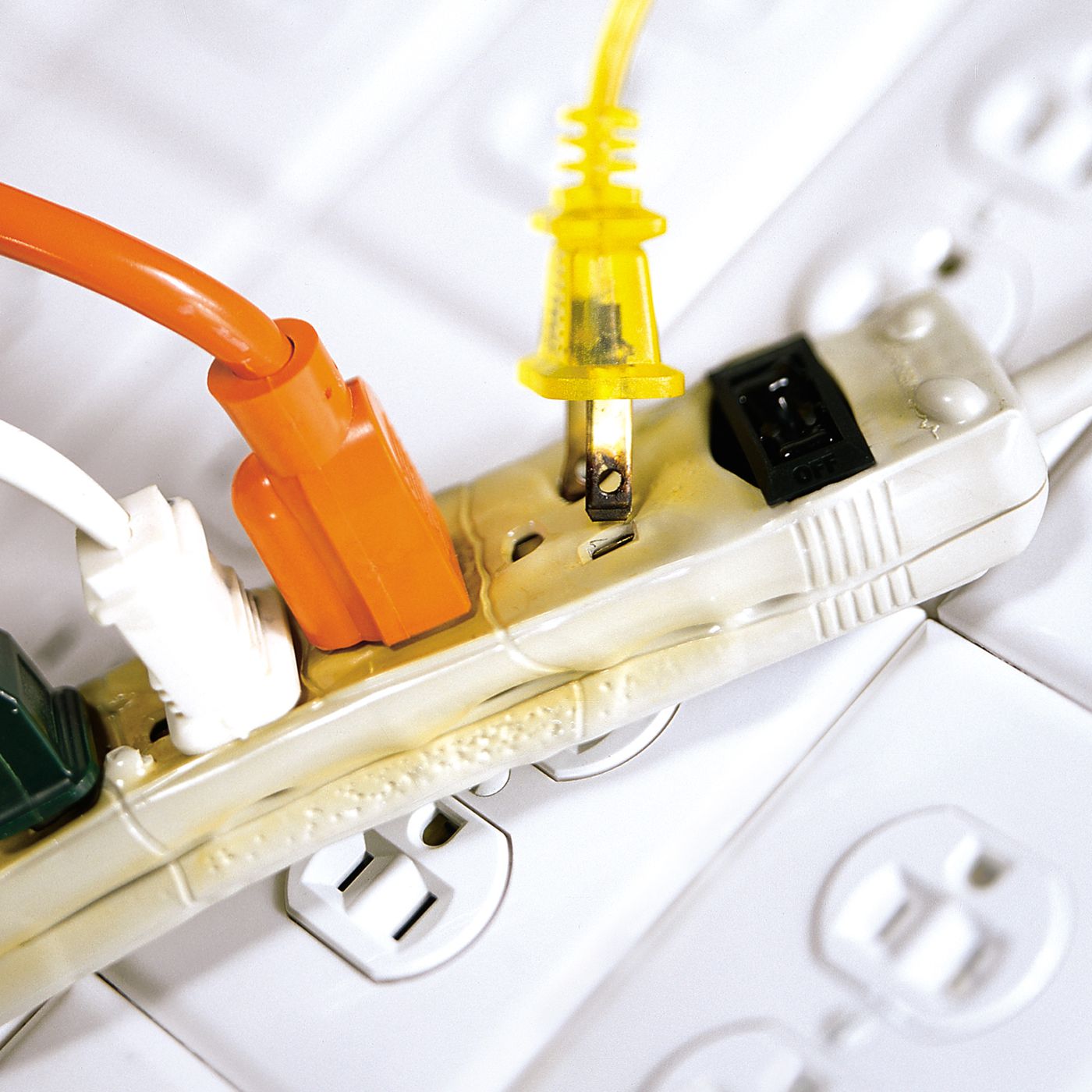
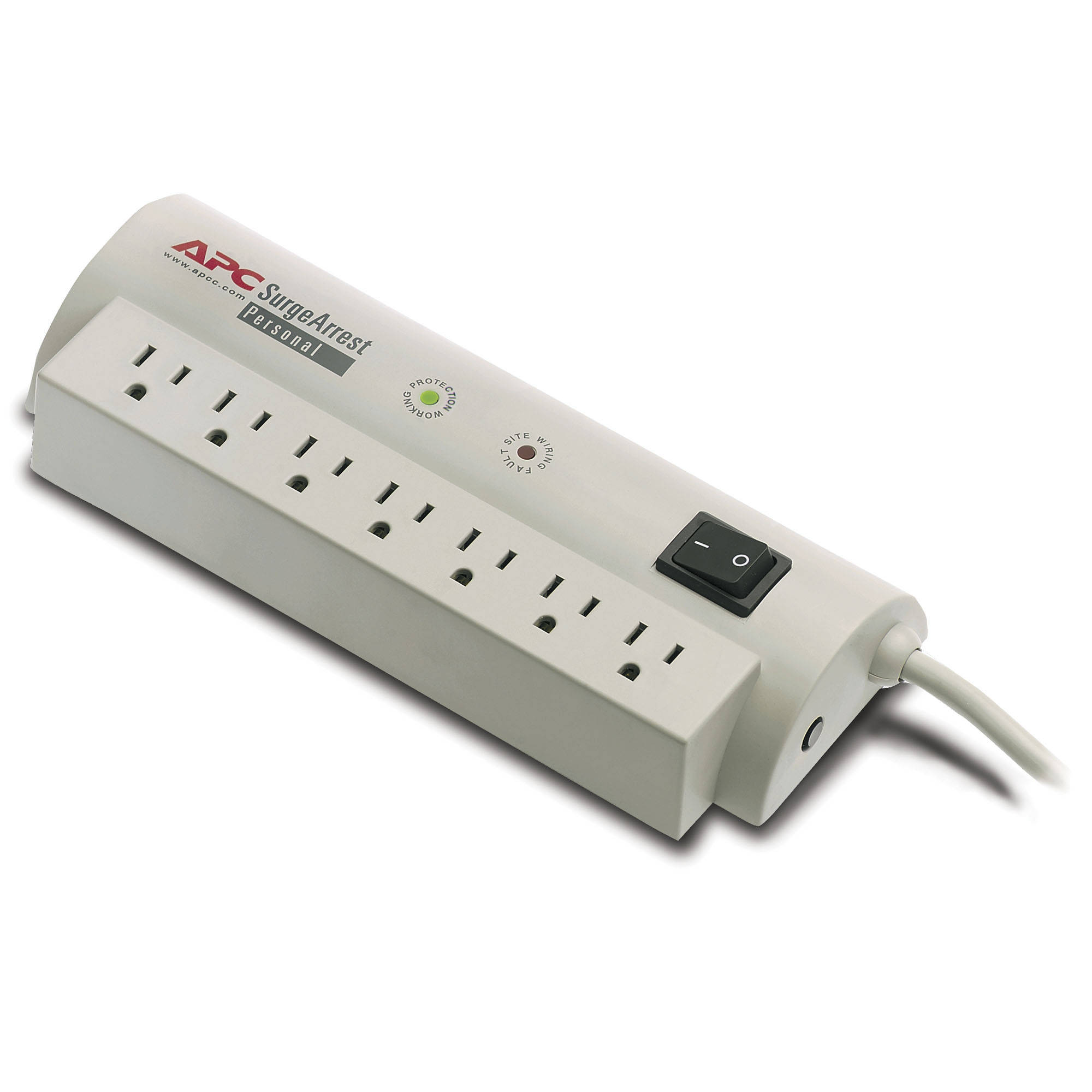
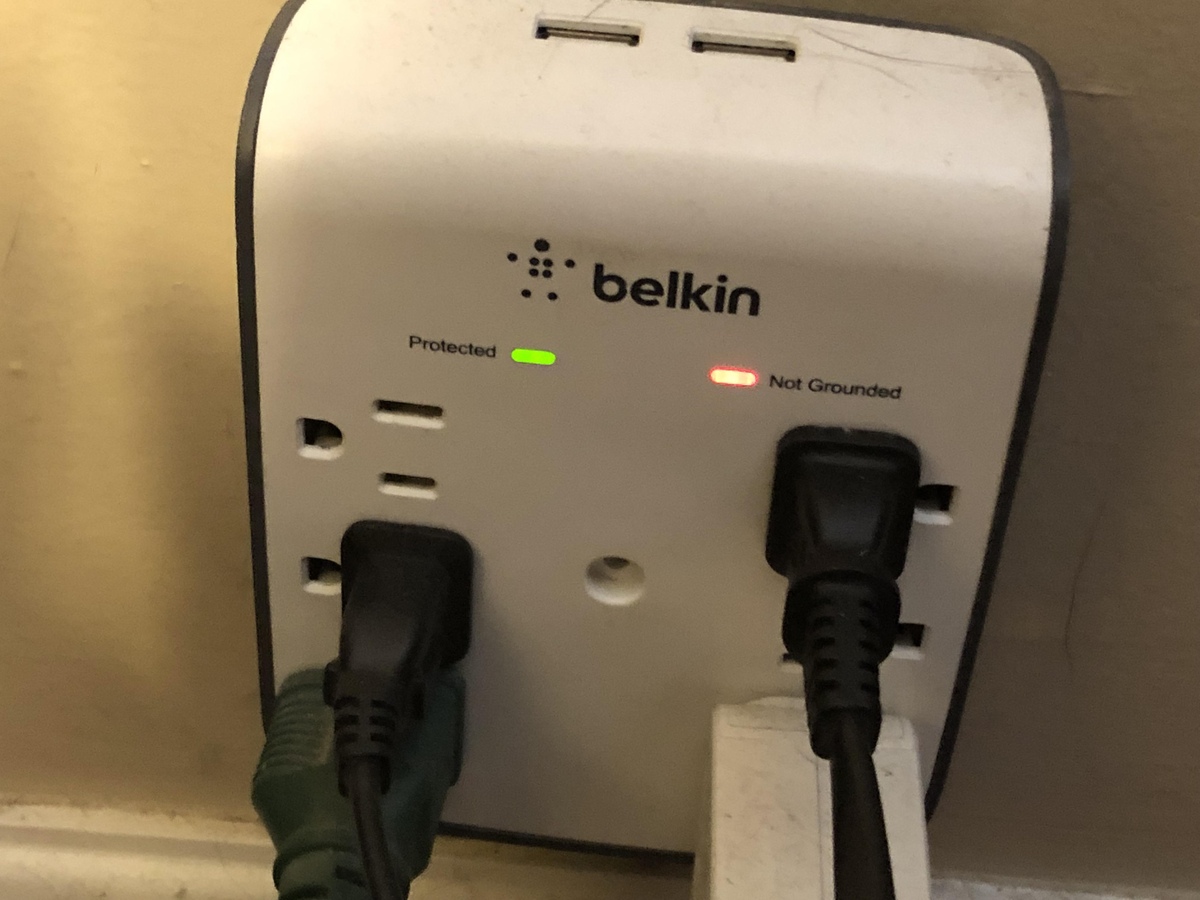
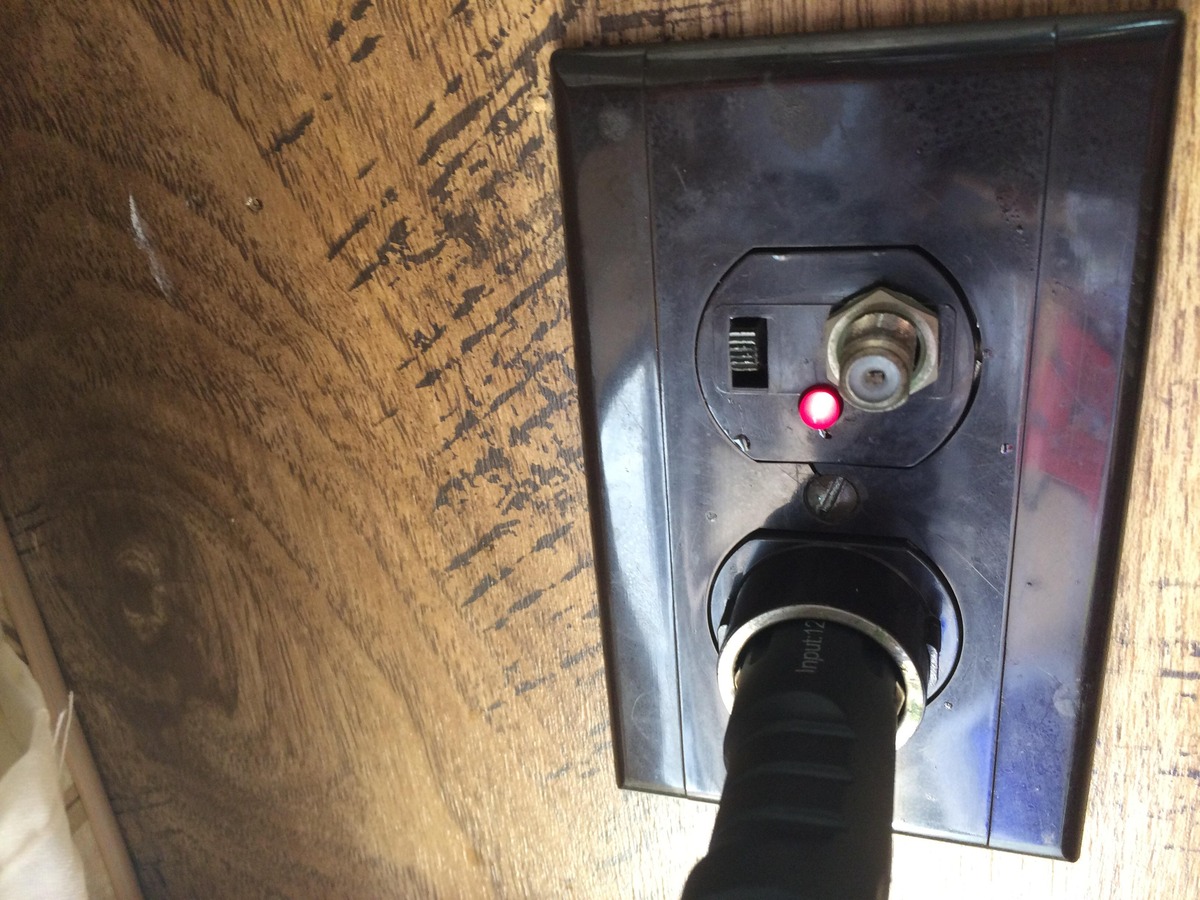

0 thoughts on “What Surge Protector For LCD TV”